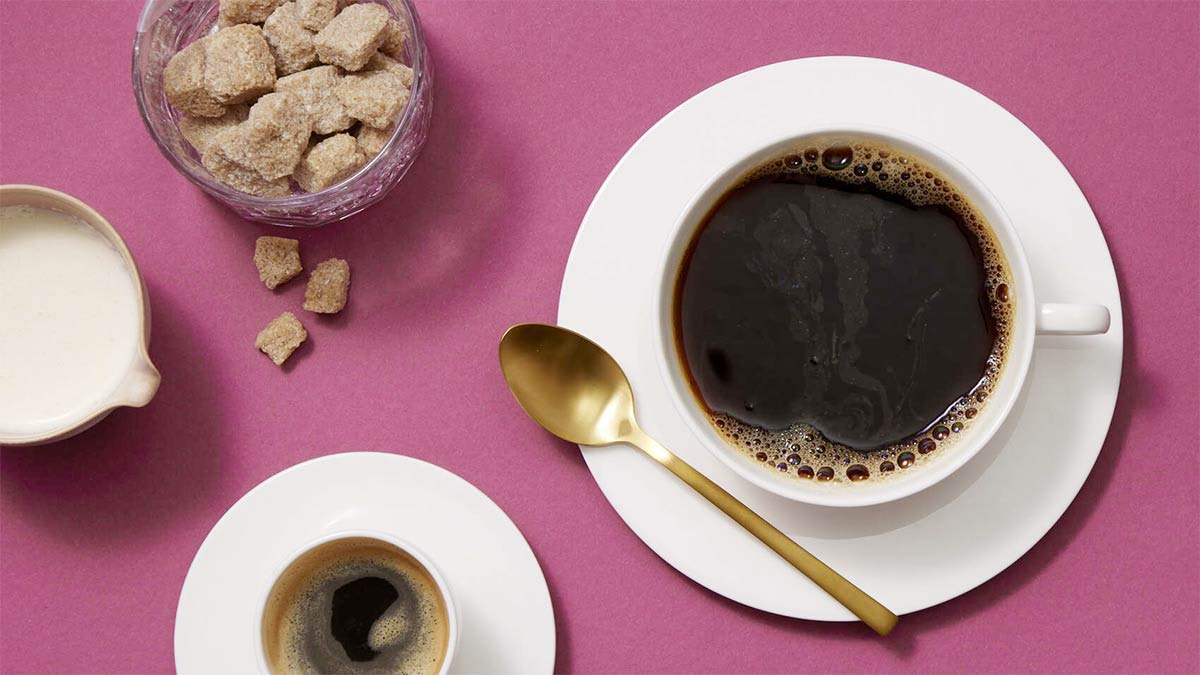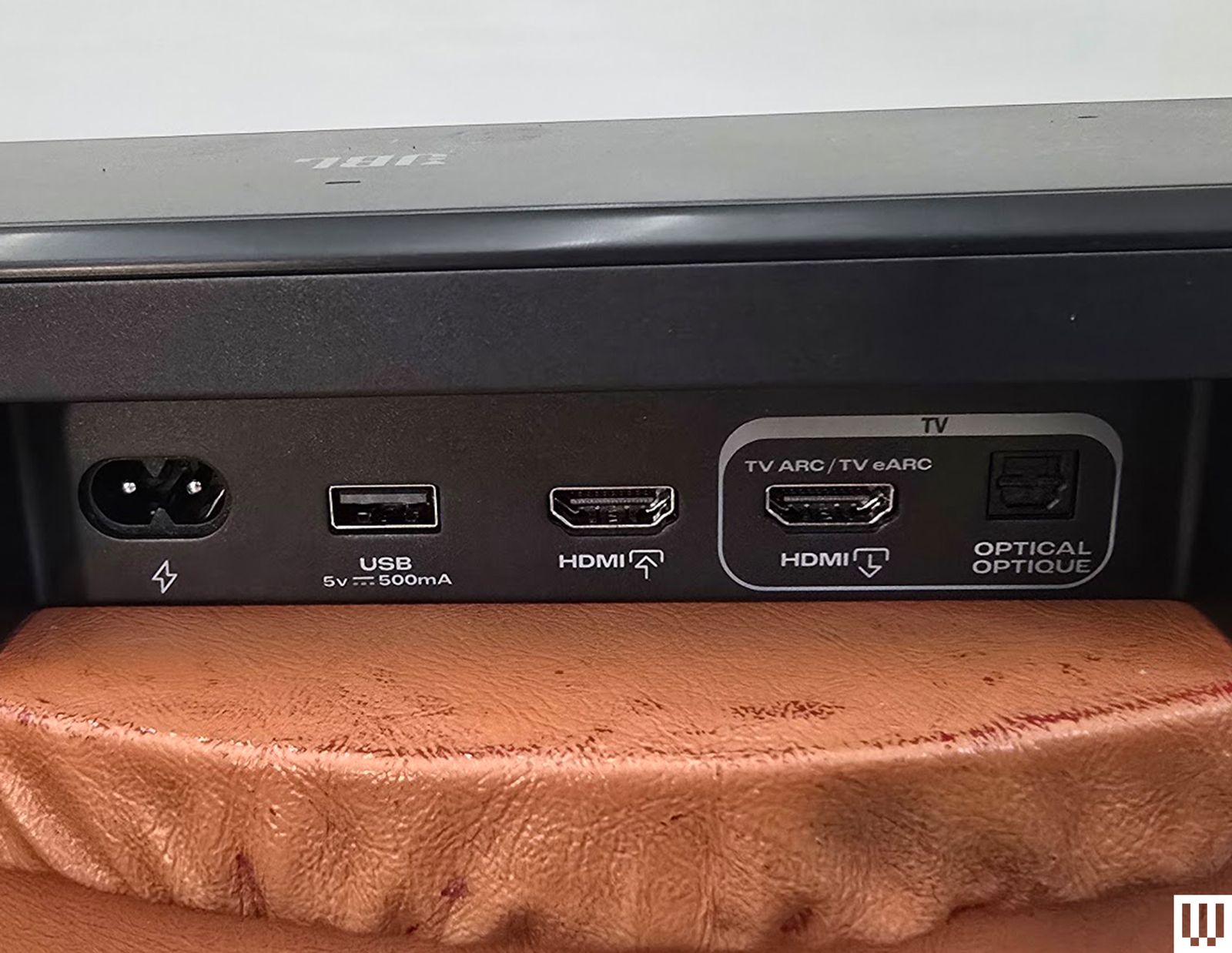
Whole bean or ground? Preground coffee is convenient and tends to brew a consistent-tasting cup. But buying whole beans and grinding them right before brewing will intensify the coffee’s flavor and aroma, says Scott Rao, a coffee consultant and author of “The Professional Barista’s Handbook.” That’s because you’re limiting its exposure to air. This is especially key for espresso because the beans are ground more finely.
Choose your roast. Coffee beans are roasted in different ways to produce specific flavors. You’ll see terms like “light,” “dark,” “French,” and “Italian” on coffee packages.
Light roasts tend to produce a bright-tasting, light-bodied cup, Rao says, and often have citrusy or floral undertones.
Dark roasts may be for you if you like dark chocolate, hoppy beer, or licorice. The longer roasting time brings out the beans’ bitterness (in a good way). Dark-roast coffee is strong, rich, and full-bodied, and you’ll often get chocolate, toasty, nutty, or plummy, deep berry flavors. Some may taste smoky. Tip: French roast and Italian roast are just other ways of saying dark roast. French tends to be subtly sweeter, while Italian can be more intense and smoky.
Medium roasts, as the name suggests, are between light and dark. They’re very popular in the U.S., Murray says, but the flavors can be the hardest to generalize about. We saw this in our own tasting. Although the coffees were all labeled medium-roast, our tasters found they ranged from light to very dark.
While knowing the basic differences between roasting styles can help direct you to a flavor you’ll enjoy, these terms aren’t standardized. “For instance, I think Starbucks light [‘Blonde’] roast tastes kind of dark compared to other brands,” Rao says. So you may have to experiment with brands and roasts to find coffee you’ll love.
It’s also worth reading the taste descriptions on the packages. Look for the flavors that appeal most to you, whether that’s nutty, fruity, chocolatey, or a combo. But don’t pay much attention to phrases like “morning blend,” “private reserve,” or “winter warmer,” because those are marketing jargon.
Check for freshness. Oxygen, heat, light, and moisture can degrade a coffee’s flavor. Dark roasts tend to age poorly because their oils oxidize quickly and can taste rancid, Rao says. Light roasts can last longer. Most packages have a “sell by” date. Some will also display the date the beans were roasted, and the closer you are to that date, the better. For bags with valves, squeeze them to get a whiff of the air inside. Avoid anything that smells musty or rancid.
Store it right. Buying a big bag of coffee can save you money—but it can also become stale before you finish it. The solution: Split the coffee into smaller weekly portion packets. Keep one in an airtight container; wrap the others tightly in zip-top bags, and freeze them separately. “They’ll last for three or four months,” Rao says. Defrost a packet each week, then transfer it to the airtight container.









